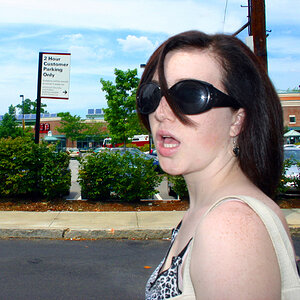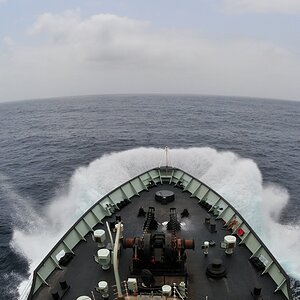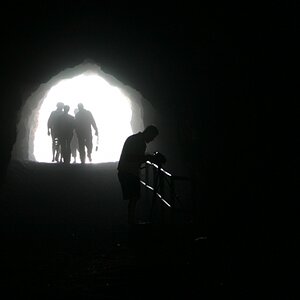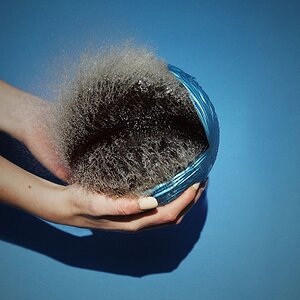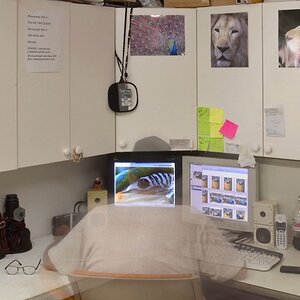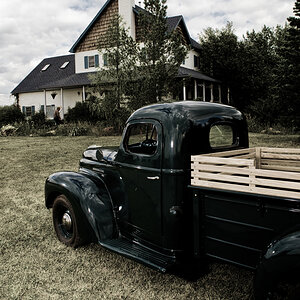'Daniel'
TPF Noob!
So I don't need a dark room to process films? Becuase my scanner can scan to a high resolution (9600 dpi- over the top but i can go high is all). Then I can invert the negatives in photoshop do any post work on them then print them out of photo paper? That was what i was hoping to do as it will be cheaper than sending them to be devopled and printed.
Does anyone have a site I can go to with a step by step guide to devloping film?
Does anyone have a site I can go to with a step by step guide to devloping film?


 that's all digital is good for, anyway - beautiful color shots. It doesn't do anything else particularly well. Very limiting.
that's all digital is good for, anyway - beautiful color shots. It doesn't do anything else particularly well. Very limiting.
